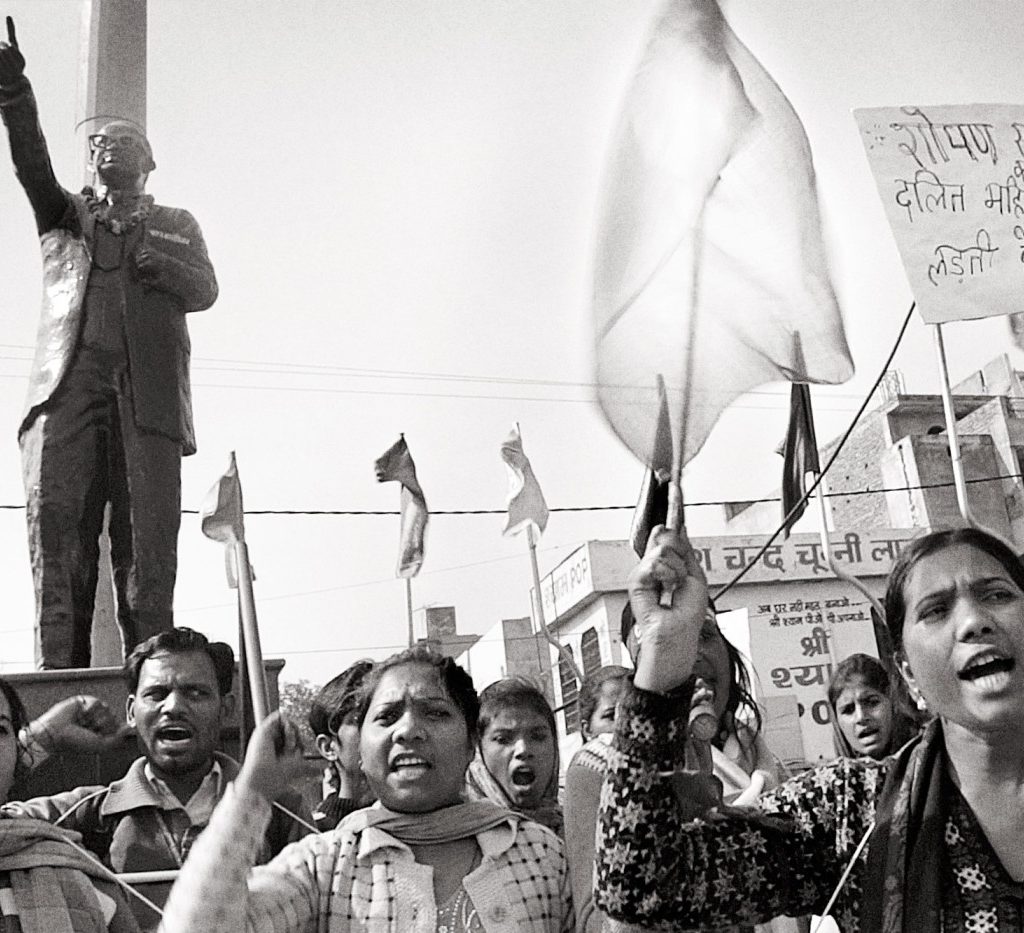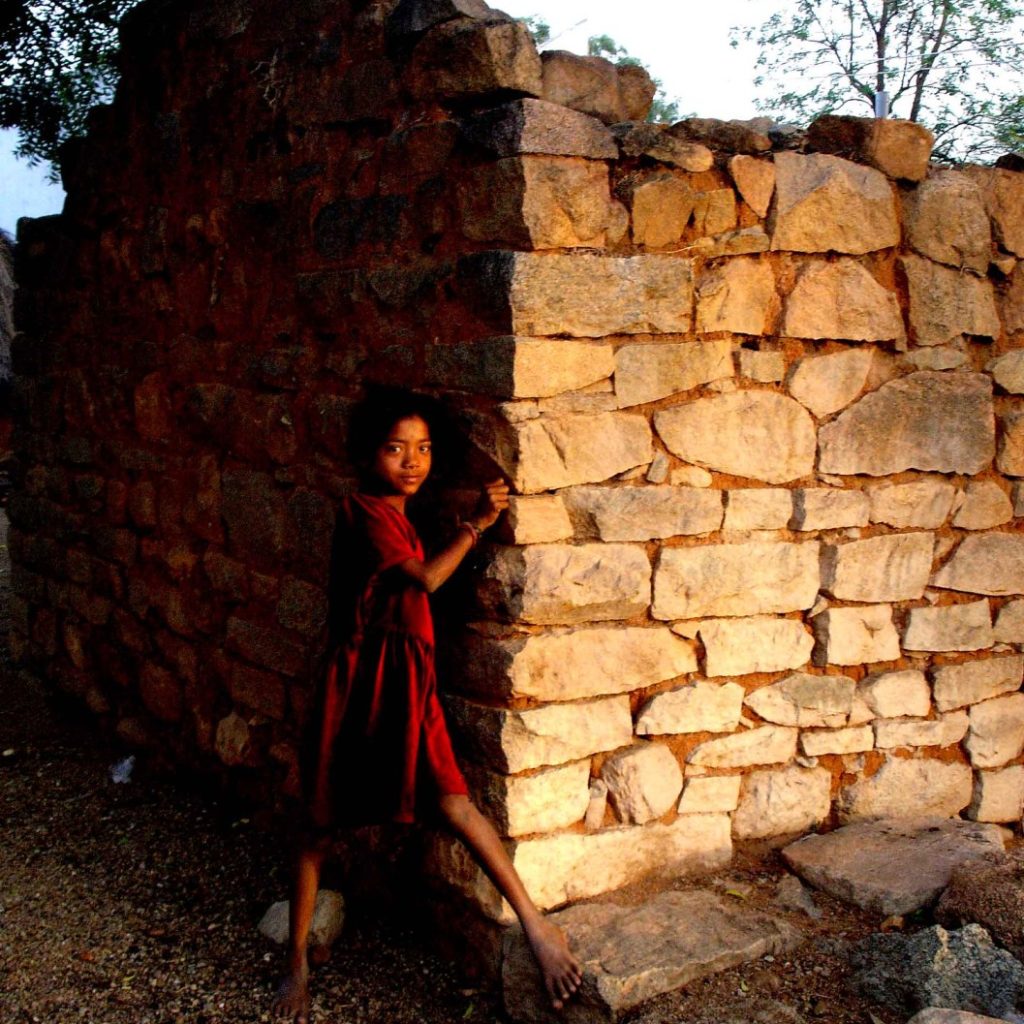By Supriya Kaushik

While the formal beginning of the women’s movement in India can be traced back to the 1850s, it was only in the 1990s that the term intersectionality emerged as a tool to rectify the flaws in the initial focus of Indian feminism. A relatively new term as it is, Intersectional Feminism essentially refers to the interplay of different social constructs such as gender, caste, class, and sexual orientation, feeding together into the resultant oppression and discrimination. Lost and found within a person’s full name, the quintessential Indian construct of caste was brought to the forefront during the third wave of Feminism in India. Despite being an essential part of one’s identity, discussions around it at the family level continues to remain minimal. What further worsens the situation is how the faulty ideas encompassing caste travel and reproduce in our own psyche. With the number of people affected by caste-based violence increasing at a high rate in India, it indeed becomes important to acknowledge and understand experiences of Dalit women, which is exactly what forms the essence of Dalit Feminism.
The main critique of mainstream Indian feminism, as presented by Dalit feminists, is the dominance of upper caste, upper class, and privileged women living in urban areas and their issues. Several demands for the inclusion of different identities and experiences in the feminist discourse have been raised since then. Indeed, Dalit women face layered discrimination on account of their gender as well as their caste, thereby making their experiences distinct. For instance, females belonging to lower castes face more stringent barriers in terms of their physical freedom. Similarly, the pressure to work for wages is relatively more for them as compared to upper caste women. Another widely accepted stream of thought is the parallel created between Black Feminism and Dalit Feminism. Such an analogy highlights the importance of understanding the similarities in individual experiences both at the intra and inter group levels.

A more detailed understanding of the construct of caste in India discloses a plethora of interconnected shackles that bind Dalit women indirectly. In fact, the endogamous nature of caste is in itself more than just a mechanism to preserve caste boundaries. It acts as an effective way of controlling women’s exploration and exhibition of sexual orientation and desires. Inability to comply with these norms results in honor killings, which is more often than not used as a way to express masculine power and aggression. What is even more shocking is how gang rapes of Dalit women are usually political acts of vengeance. The infamous case of Bhanwari Devi gang rape (1992) can be cited as a prominent example. The irony lies in the fact that although it was her case that led the Supreme Court to issue guidelines to deal with sexual harassment at workplace, she still awaits redressal.
India, a land of diversity and paradoxes, never fails to surprise us. Indeed, a deeper analysis of the sexual violence against Dalit women reveals an underlying contradiction. Dalits have been considered as ‘untouchables’, ‘impure’ and ‘polluted’ by those belonging to the upper castes, but as per the National Crime Records Bureau (2016), over four Dalit women are raped every day. What is even more appalling is that these statistics just provide us with a rough and probably an inaccurate picture since many cases go unreported. Thus, in this way, bodies of Dalit women are imagined, constructed, fetishized, used and abused as a way of establishing power dynamics and patriarchal norms over and over again. Another rather interesting evidence is the ‘monopoly’ of lower caste women on certain kinds of professions like bar dancing and prostitution. Although we have conveniently chosen to reject the prevalence of the Devadasi system, some communities continue to clutch on to this draconian and ancient Hindu practice. Literally meaning ‘God’s female servant,’ it involves selling off girls to temples for sex work in the name of religion. According to the National Human Rights Commission, in 2013, there were as many as 450,000 Devadasis in India, with the highest number in Andhra Pradesh and Telangana. Dalit feminists have, thus, time and again questioned the patriarchal and casteist nature of the entertainment industry since majority of Dalit women come from castes that are traditionally forced into such occupations.
While the problems associated with Dalit women are both manifold and complex, the following steps may be useful in improving their status in the Indian context. The first step that needs to be taken is to increase the awareness levels of Dalit women through a systematic and quality-driven education system. Secondly, it is essential to encourage Dalit women to document and highlight their own experiences. There is a clear dearth in the existing Dalit literature, making it even more important for them to use different forms of art as mediums of self expression. Thirdly, researchers from different disciplines should try to qualitatively explore the experiences of being and becoming a Dalit woman through socialization. As Simone de Beauvoir famously said “One is not born, but rather becomes a woman”. Fourthly, Dalit women activists have expressed their concern over the serious exclusion of Dalit women at the level of decision making process. What is even more shocking is their lack of representation even in mainstream feminist organizations, which needs to be rectified. Finally, as stated by Nivedita Menon, it is important to understand that there are no pre-existing identities. There are just ‘people’ who respond to different kinds of political challenges as a ‘Dalit’ or a ‘woman’. The success of feminism, thus, lies in its capacity to motivate ‘people’ to affirm themselves as feminists in different kinds of contexts by accurately recognizing the prominent factors at play.
Supriya is currently pursuing a Bachelors degree in Psychology from Lady Shri Ram College for Women. A self confessed bibliophile, books are her constant source of solace. She finds it liberating to express her ideas through various forms of art.



Very well articulated!
Very nicely written article, black and Dalit feminisms definitely have similarities
It’s very informative, good work Supriya
Well written the only solution to all this is education.That will make fight for themselves outsiders cannot do much
Very informative, keep up the good work!🌻
Hi, just required you to know I he added your site to my Google bookmarks due to your layout. But seriously, I believe your internet site has 1 in the freshest theme I??ve came across. It extremely helps make reading your blog significantly easier.